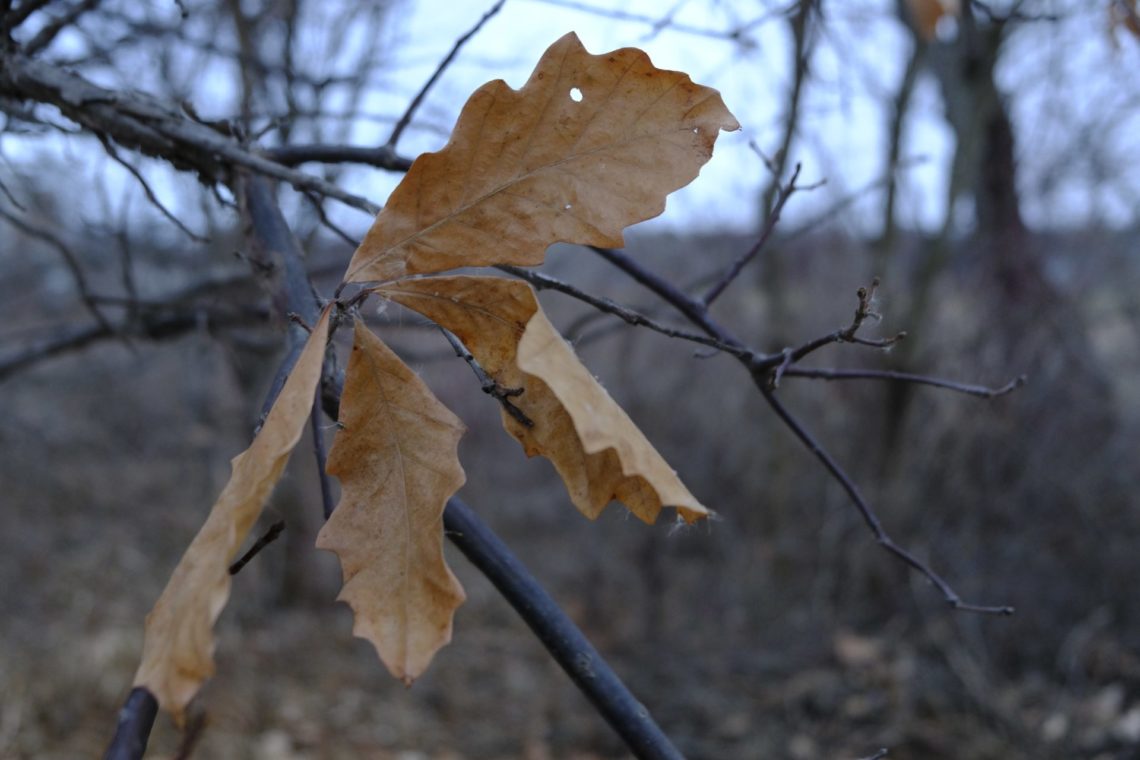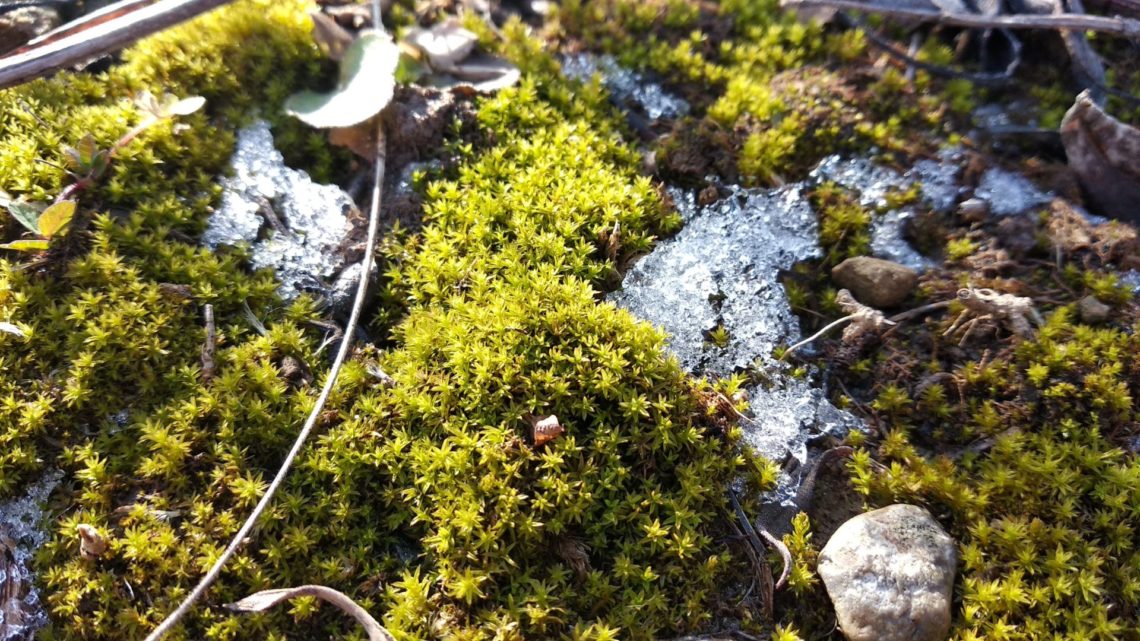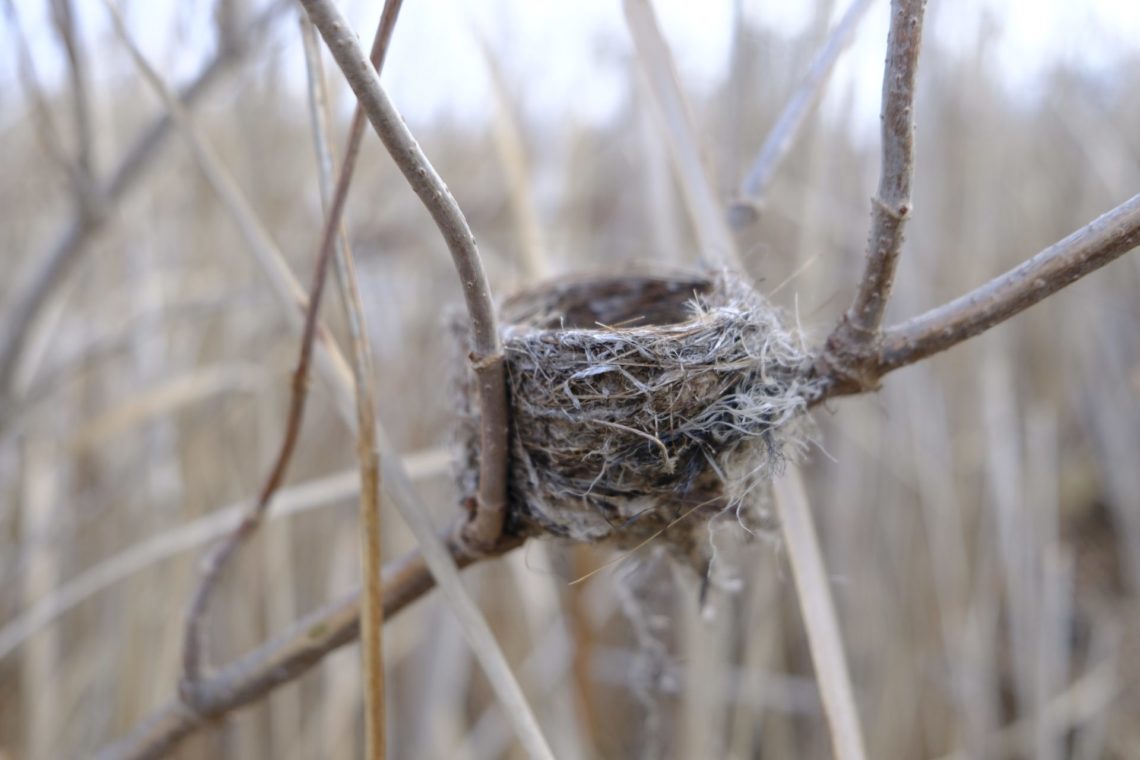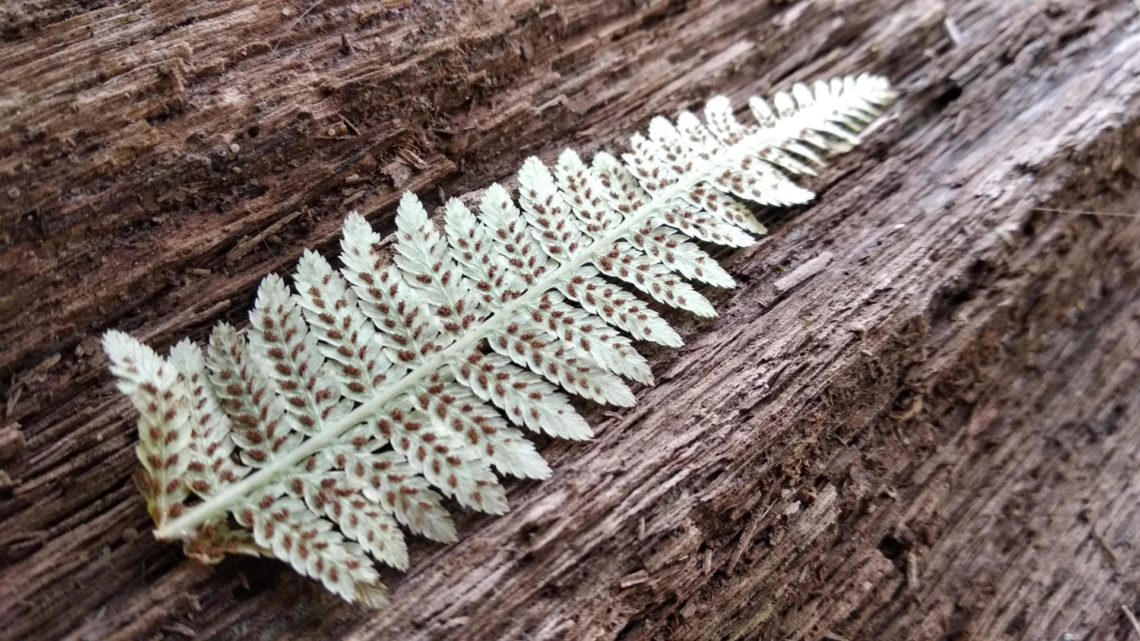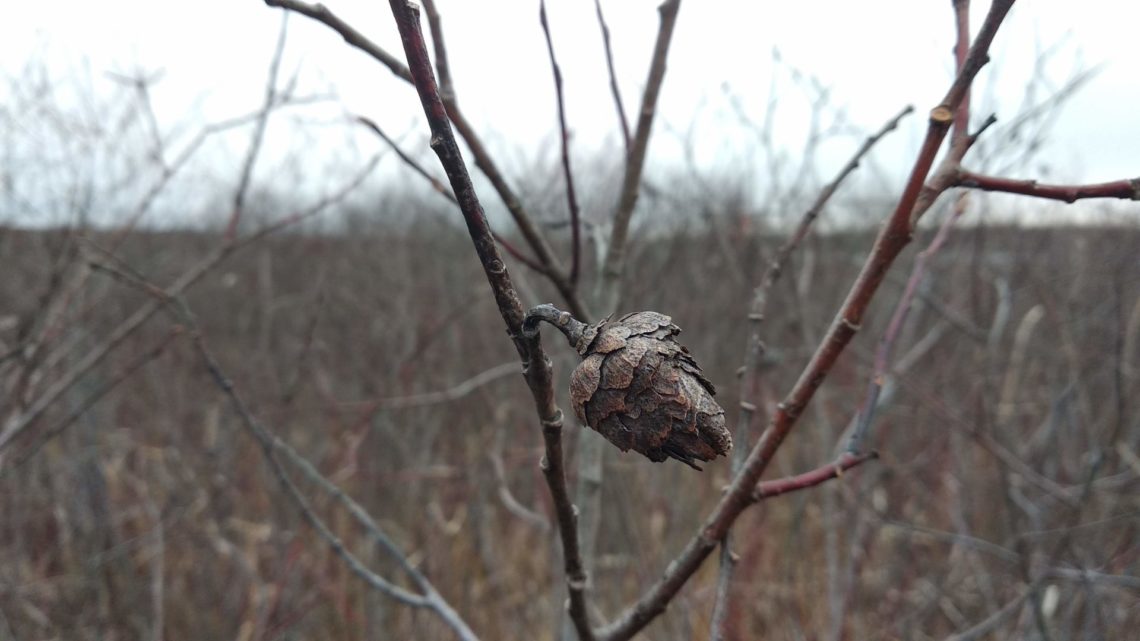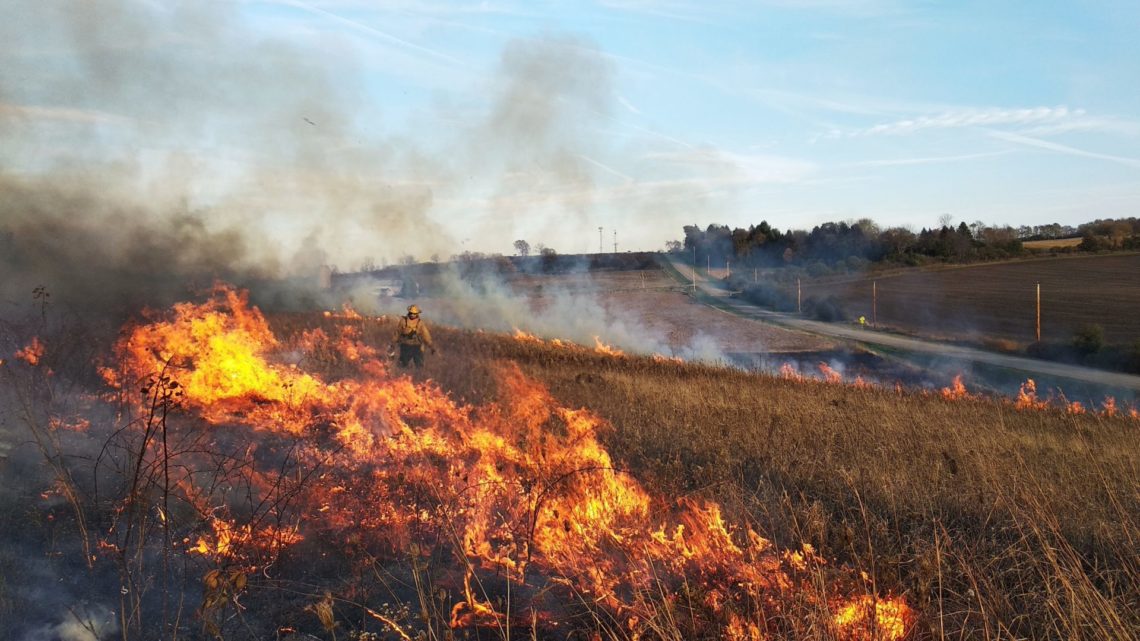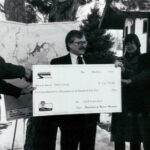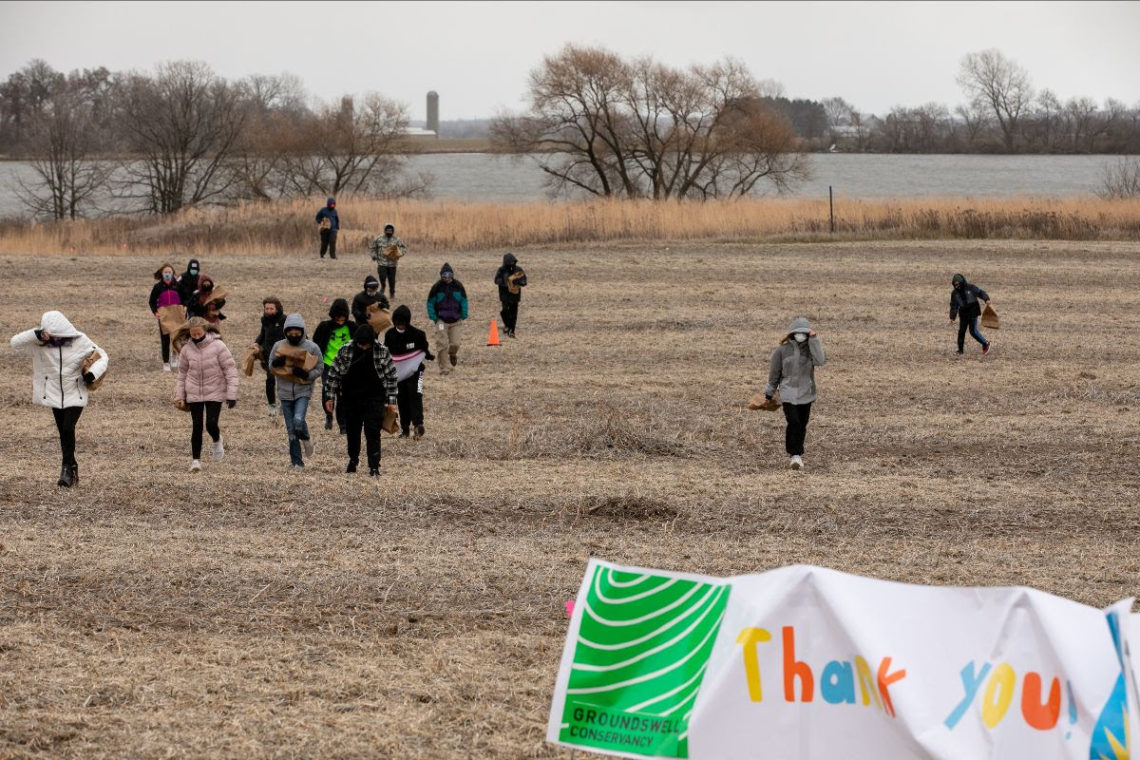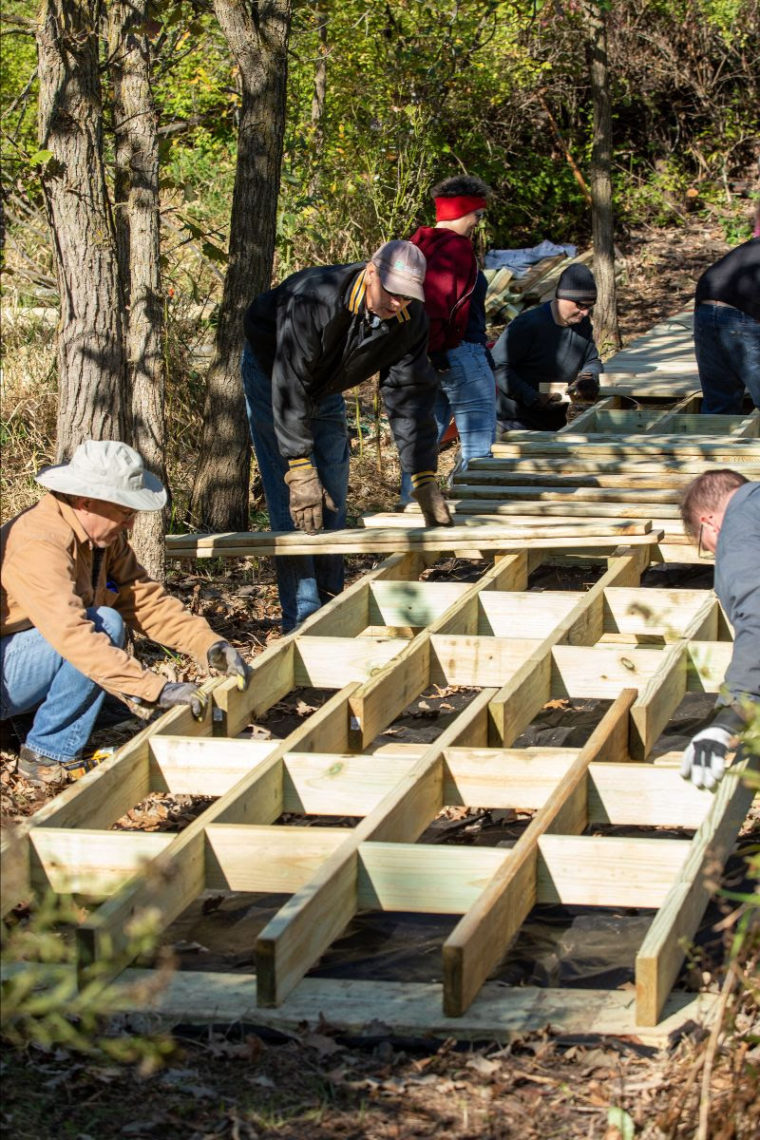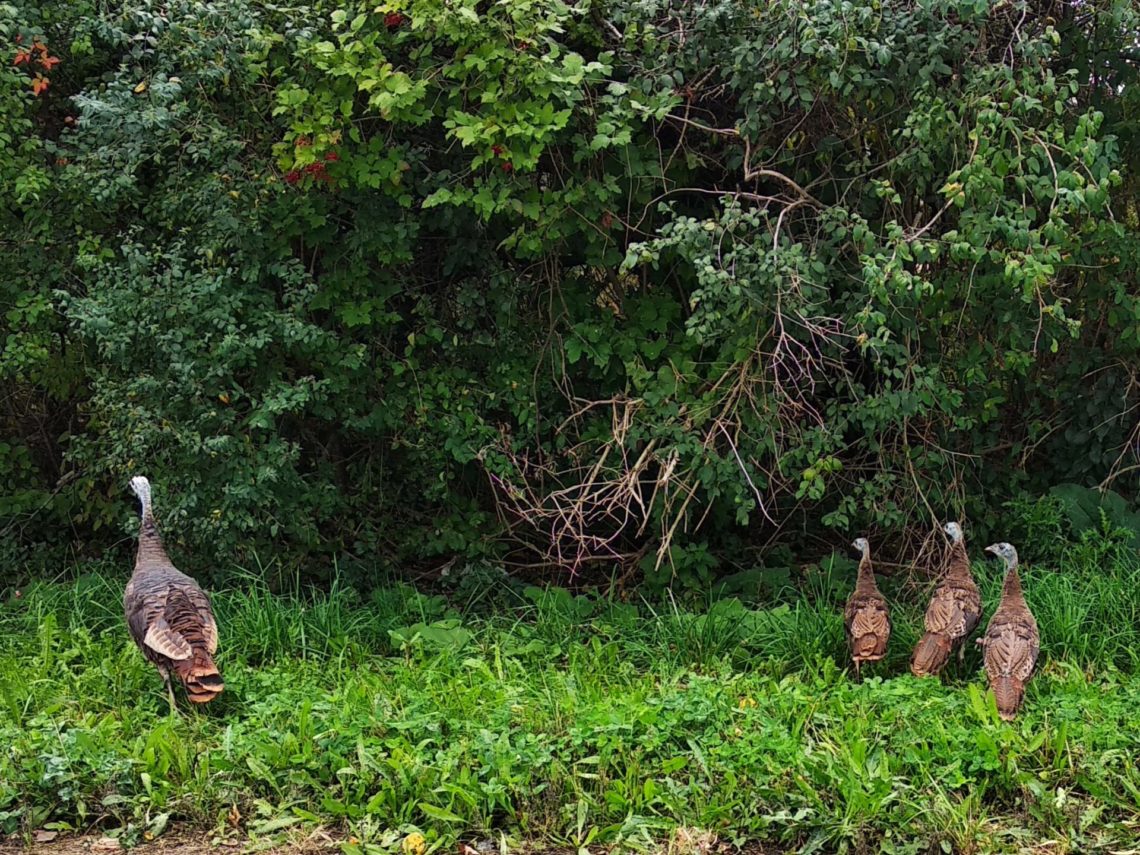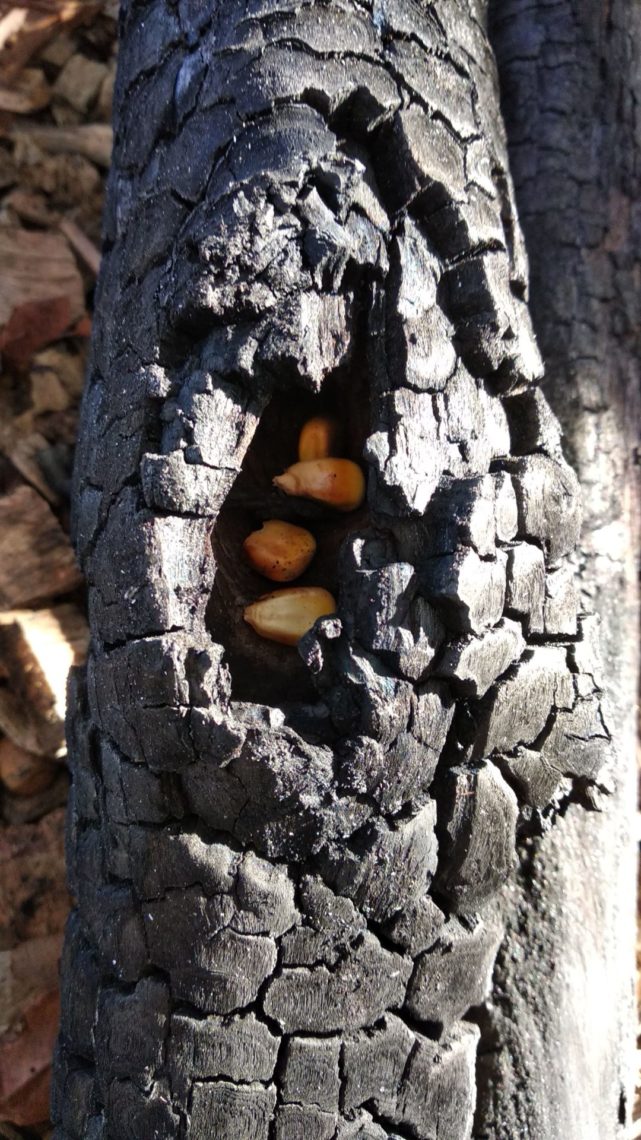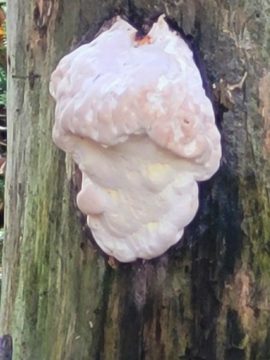Here’s a nice story of collaboration to make nature more accessible. One year ago, Shellie Benish, the Village Administrator/Clerk/Treasurer for the Village of Black Earth, sent us an email. Could Groundswell help the Village acquire one acre of land to provide a new spot for canoeists and kayakers to get in the creek?
The property was owned by David Cooper, a long-time resident. David’s house and garage were heavily damaged in the huge flood of August 2018. David had let Shellie know that he thought his land would make a great park, and Shellie agreed. The property is next to land owned by the DNR as part of the Black Earth Creek Fishery Area. It includes 120 feet of shoreline on the creek.
According to Shellie, “The Village is really excited for this opportunity to partner with Groundswell on this project. We are truly grateful. This project supports the Village goal of expanding outdoor recreation and the preservation of natural spaces.”
David said he is happy to sell the land. “It is good that everyone got along fine to make this happen.”
So, today, with strong financial support from the Dane County Conservation Fund, the Knowles-Nelson Stewardship Program, and Groundswell’s Norm Anderson Conservation Opportunities Fund, we purchased the property. This winter we will donate the land to the Village. The Village will take on the work of removing the buildings and turning the land into a park, complete with creek access.
The Dane County Parks Commission oversees grants from the Dane County Conservation Fund. According to County Supervisor Dave Ripp, Chair of the Parks Commission, “When you think of Dane County Parks, most people think of land. Water trails are an important part of our outdoor recreation too, and this will be a great place to launch your canoe.”
Happy first week of winter! This is usually the time of year when I picture the landscape to be covered in snow and my windshield covered in ice. While I’m sure there are many who are glad that the snow has held off as long as it has, I would settle for a light dusting right about now. For me, snow makes it seem less cold outside. I’m not sure why, but when it’s 25F with no snow, it just seems so much colder.
While we all begin our own hibernation and settle in for winter, let’s see what’s going on outside.
Have you noticed that oak and beech trees tend to lose their leaves much later in the year than other tree species? It could be January or February and somehow these trees are able to retain their leaves, which is incredible!
Scientists call this retention of dead plant matter ‘marcescence’, and there are a few theories as to why it happens. One theory is that it deters critters like deer from feeding on the buds below the leaves. This gives the tree an advantage in the spring since it has more buds available for growth. Another popular theory is that the trees retain leaves all winter to slow decomposition of the leaves. Once spring arrives and the leaves fall, it provides nutrients (like compost) to the soil at a time when the tree needs it most. Especially oaks and beeches, which tend to grow in drier and less nutrient-rich soil.
The next time you’re out in a damp wooded area, keep an eye out for various species of moss. I often find them growing on rocks or on the base of tree trunks. You wouldn’t normally think winter would be a good time to find moss, but did you know that it can photosynthesize all year long? Depending on the depth of the snow, moss can even photosynthesize under the snow!
Now that most of the leaves have fallen, this is a great time of year to go nest searching! The sheer number of nests that I notice when out on hikes always amazes me this time of year. Some of the easiest nests to find are those that previously belonged to robins and goldfinches since they tend to nest closer to the ground than many other species.
The nest pictured above was created by a goldfinch (I believe). They’re usually pretty small (2-3″ diameter) and are almost always constructed high in a shrub where 2-3 branches intersect. If you find a bigger nest that was built using sticks and mud, that’s a good indication that a robin made it. Both types of nests are extremely durable and can often remain intact all winter long.
Similar to the oak leaves that manage to hold on all winter long, various tree and shrub species are able to retain berries throughout the winter. This is great news for cedar waxwings who feast on berries all year long. An interesting fact that I just learned is that brown-headed cowbird chicks that are placed in cedar waxwing nests often have a very difficult time surviving because of the berry-heavy diet provided by the cedar waxwing mother. Waxwings really do love berries!
Well, I hope you enjoyed my virtual tour of nature as it’s happening. However you experience the outdoors or nature, be it physical, virtual, spiritual, or anything in between, I encourage you to do it!
See you next year!
We’re happy to share the good news that today, we purchased 38 acres of land along Black Earth Creek. The property includes 3/4s of a mile of shoreline on both sides of the creek and is adjacent to land owned by the Department of Natural Resources as part of the Black Earth Creek Fishery Area.
The landowners have been good stewards of this land for many years. This acquisition is the happy product of many years of work by Trout Unlimited, the DNR, and others to build a strong relationship with the landowners and their neighbors. Groundswell is fortunate that we were in the position to purchase the land when they were ready to sell. Groundswell will own and manage this property as part of the public conservation lands along the creek.
The Black Earth Creek valley is indeed a special place. As many people know, Black Earth Creek is a high-quality, Class I trout stream with a national reputation. The stream has been rated as one of the 100 best trout streams in the nation by Trout Unlimited and is recognized as one of the most productive wild brown trout streams in Wisconsin. Lands owned by the DNR and public fishing easements along creeks in the valley provide public access and protect important wildlife habitat.
Thanks to the conservation vision of many landowners, this is the 16th land protection project Groundswell has completed in the valley since 2001. In all we have worked together to permanently protect 1,116 acres of farmland, wetlands, stream corridors, and hiking trails in the valley.
Funding to purchase the property came from the Knowles-Nelson Stewardship Program, the Dane County Conservation Fund, and Groundswell’s Norm Anderson Conservation Opportunities Fund.
Thank you, thank you, thank you!
Yesterday on #GivingTuesday, Groundswell supporters were part of a huge outpouring of support for local conservation. Thank you for showing how much you care about special places in our community.
You helped raise $28,581 to protect special places, right here in and around Dane County, forever. Thank you!
A generous, anonymous donor tripled each gift with a 2:1 match which means a total of $85,743 was raised for local conservation.
Thank you to everyone who gave on #GivingTuesday:
| Scott and Rebecca Allen | Ed Lauzon |
| Patricia Arndorfer | Herbert Ley |
| Alexandria Baker | Jane and Wes Licht |
| Jane Bannerman | Mark Martin and Sue Foote-Martin |
| Aleta and Duane Barmore | Seth and Sarah McGee |
| Michael Benish | Kristine Merrill and Bill Hans |
| Sandy Bennett | Jim Molloy and Chris Hess-Molloy |
| Judy and Ed Borke | William and Virginia Nelson |
| Steve Born | Shawdi and Rick Nesbit |
| Jim Bredeson and Cheryl Becker | Ed Neumueller |
| Melissa Clements | Dave and Lavonne O’Malley |
| Gary Coenen | Pat and Pam O’Malley |
| Mitch and Sandie Custer | Jefren Olsen |
| Greg Delwiche | Kathy and Carl Olson |
| Cal and Ruth DeWitt | Paul Patenaude |
| Marcia and Joseph Doll | Connie and Mark Pelton |
| Bill and Amy Dunlop | Kathy Perleberg |
| Chris Elholm | Harry and Sylvia Peterson |
| Ron and Sheila Endres | Caleb Pourchot and Heidi Habeger |
| Mike Engel and Hannah Spaul | Shawn Pourchot |
| Martha and John Fechner | Stacy Rhone |
| Doug Fendry | Jamie Richardson |
| Don Ferber | Mark and Dana Roffers |
| Mike and Doreen Festge | Veronica Rueckert and Benson Gardner |
| Andrew Fitzpatrick | Mike Rupiper |
| Mike Foy and Carrie Morgan | Mark and Holly Schleicher |
| Elizabeth and Tom Ganser | Gregory Schneider |
| Stacy Gates | Rodee Schneider |
| Keith Gilkey | Gary Schwager and Gabrielle Banik |
| Susan and Gary Gimmestad | Lon and Susan Sprecher |
| Jorden Grubb | Sandra Stark |
| Justin Gutoski | Jennifer Stenglein |
| Terry and Nancy Habeger | William Taylor |
| David and Lynn Hanson | Mark and Daria Thomas |
| Sharla Hanson | Patty Tipson |
| Todd Hanson | Vern and Vicki Treinen |
| Tamara Hill | Jonathan and Lily Yee Van Dyke |
| Cary Hunkel | Ross and Rosalie Volkert |
| Steve Jandl | Robyn Weis |
| Sarah Janowski | Jim Welsh |
| Susan and Conrad Jostad | Alex Wenthe |
| Peter and Beth Kaseman-Wold | Zane Williams |
| Kathy Kershaw | Scott and Amy Wisner |
| Marjorie King Studio | Fred Wolf |
| Mary Anne Koos and Will Abberger | Fred and Karen Wollenburg |
| Ed Krois and Joan Hayden | Eli Woyke |
| Katherine and Richard Larson | Carla Wright |
| Joseph Lasee | William Zane |
| Renee Lauber and Graham Cody | Jan Zimmermann |
| Matt Zine |
Today’s the day! It’s #GivingTuesday and it’s your chance to support special places in our community like Westport Prairie and Patrick Marsh.
Every gift made today will be tripled thanks to an anonymous 2-1 match! When you give $100, the matching donor gives $200. That’s a total of $300 for protecting local lands.
#GivingTuesday is the perfect time to support conservation where you live. By donating today, you’re helping conserve wildlife habitat, connect people to nature, provide equitable access to land, and more.
You can follow our #GivingTuesday progress on Instagram and Facebook. And you can help spread the word about the importance of local conservation by sharing our posts and telling your friends and family why you support Groundswell.
Thank you for protecting special places.
The leaves are falling, the days are getting shorter, and the temperatures are finally starting to drop. For many, these changes signify a new chapter of the year. A chapter filled with watching football, hanging out with family, or even sitting in a tree and hoping a deer walks by.
For me this time of year is an exciting one, especially if you’re outside. Right now is when prescribed fires and prairie plantings are happening. It’s also just a great time to get outside and explore. There’s a lot more going on out there than it seems. So stop raking leaves for just a minute, and join me on a quick tour of what’s happening outside!
I will often head out for a hike with the goal of reaching a destination. Maybe that’s hiking to the end of a trail, finding the top of a bluff for a nice view, or racing back to the car because I forgot the snacks for my four-year-old in the back seat. While these are (mostly) great hikes, I find that I enjoy the slower hikes best. The ones where you stop and just look around for a while.
Last week I did just that when I found this milkweed seed (pictured above) that flew right into me. I stopped to look at it and was floored by how pretty it was. The way the fluff moved with the wind and how the seed blended in with the surrounding oak leaves. It was perfect, and I hope it made it to wherever it was heading (before I got in the way).
Despite the cold weather, you still might find ferns scattered around that do not seem to be phased by the temperature. I recently found this fern, which I believe to be a ‘lady fern’ on a hike. Since it was one of the few plant species that was still green, I went to go check it out and discovered hundreds of tiny spots on the underside.
These spots are tiny spores that get released to help the plant reproduce (sort of similar to mushrooms). This is one of the ways ferns reproduce since they do not produce flowers or seed. Ferns can also reproduce underground through rhizomes. It might be too late this year, but the next time you find a fern, check out underside of the frond to see these beautiful cinnamon-colored spores.
Have you ever seen something that looks like a pinecone, but it’s on a tree that is very clearly not a pine tree? If you have, you were probably looking at a type of alder. Alders are one of the few tree/shrub species that have leaves which do not change colors in the fall. They remain green until they fall off.
Once the leaves fall off, it’s much easier to notice the odd pinecone-looking things attached to the stems. They are in fact cones, and they work very similar to those you would find on a pine tree. Inside the cone are lots of little seeds that emerge from the cone to help it reproduce.
Lastly, I’ll leave you with this photo of a prescribed fire out at Westport Prairie (above). I recently had the privilege of helping out with this prairie fire that warmed me up on a pretty cold day.
This is one of the best management tools you can use to help keep prairies and oak savannas thriving, and is a common sight this time of year. The native plants have evolved with fire throughout the years and have deep roots that remain unharmed from the heat of the fire. This differs from the weedy shrubs and saplings that have shallow roots which get roasted by the flames. When spring arrives, the ground will be charred black which allows the ground to warm up quicker and gives the prairie plants a head start for the year.
Well, I hope you enjoyed my virtual tour of nature as it’s happening. However you experience the outdoors or nature, be it physical, virtual, spiritual, or anything in between, I encourage you to do it!
See you next month!
This past Thursday we teamed up with over 300 Patrick Marsh Middle School students, teachers, and volunteers to plant 25 acres of prairie at Patrick Marsh. This prairie overlooks Patrick Marsh and will offer new and beautiful views. So many hands were involved with the planting. It truly could not have been done without all of the generous support from our partners.
The prairie seed used in the planting was collected locally within Dane County and donated to us by Ron Endres. From collecting the seed and processing it, to weighing, bagging, labeling, and distributing the seed, this alone was an incredible task. We cannot thank Ron enough for the seed donation used in this planting and we know we’re not the only ones.
Once we had the seed, we needed to figure out how to plant it! With the help of around 300 Patrick Marsh Middle School students and their teachers, along with dozens of our trusty volunteers, we were able to get the job done. Thanks to all of the students who lent hundreds of helping hands and smiling faces!
A special thanks goes out to Vincent Brandl, teacher extraordinaire at Patrick Marsh Middle School, who was instrumental in this planting. This project would have been impossible without his expertise and student wrangling skills.
We’re happy to share the good news that on Saturday, Oct. 16 a new boardwalk was constructed at Patrick Marsh! A local Girl Scout named Lauretta Loesch was the driving force behind this idea and it took a community to see it through.
In 2019 Lauretta came up with the idea to solve a community need. That need was increased access to the outdoors. Patrick Marsh is a wonderful green space that is enjoyed by many, however there was a section of trail that was frequently flooded making it impassable. Lauretta teamed up with Groundswell and local volunteers to fix the trail by constructing a boardwalk across the low spot.
This boardwalk was designed to have minimal disturbance to the vegetation and wildlife in the area. The technical term for the structure is a “puncheon” and instead of installing concrete pilings like a typical boardwalk, it simply rests on top of the soil. This allows the structure to adjust to different freeze/thaw conditions as well as rain and snow events.
The boardwalk can be accessed from both the north and south ends of Patrick Marsh. It’s located east of the kettle pond which is the small body of water that is surrounded by the oak savanna. Because of the dry year we’ve had, the kettle pond is mostly dried up (which made construction easy), but next spring we should expect it to be considerably wetter out there. HERE are GPS coordinates to the boardwalk.
Many thanks go out to our trusty volunteers, the Rotary Club of Sun Prairie, all of the donors who contributed to this project, and of course Lauretta who we could not be more proud of! Not only did she raise over $1,000 for the project, she also earned her Gold Award which is a prestigious award that fewer than 6% of Girl Scouts achieve annually.
To see photos from the day of the build, click HERE.
The read the article written by the Sun Prairie Star, click HERE.
Happy almost Halloween! The leaves are falling, porches are filling up with jack-o-lanterns, and children everywhere are about to get their sugar fix. I can remember using a large pillow case as my trick-or-treat bag as a child. I never came close to filling even 1/8 of it, but oh how optimistic I was. Now that I have a four-year-old of my own, I cringe at the thought of him eating that much candy… I suppose it’s okay, as long as he saves me a few Reese’s PB Cups.
While many of us are preparing for fall festivities, let’s take a quick peak at what’s happening out in nature!
This time of year you may see wild turkeys across the landscape. I see a lot of them along forest edges and harvested agricultural fields. If you’re real lucky, you might also see a hen with her young. I snapped this photo the other day while driving to Westport Prairie. The turkey family was crossing the road and weren’t nearly as shy as I thought they would be.
Hens will often begin building nests in April and will start laying eggs in May. They usually lay around 12 eggs (1 per day) and the chicks (called poults) hatch in early/mid-June. Hens will take care of their young through the fall until they venture off on their own.
While cleaning up some fallen brush, I noticed a charred log that had a flash of yellow on it. Upon closer examination, I noticed that there were four unharmed corn kernels inside of a small hole in the log. It’s fairly obvious that this was the work of a squirrel caching food for the winter. What’s less obvious is that this squirrel may have been attempting to make popcorn in the woods…
Recently, while volunteers were helping construct a boardwalk at Patrick Marsh for a local Girl Scout project, we discovered this little treefrog in the vegetation. It’s a surprise to many that Wisconsin actually has two species of treefrog. This species, the Eastern gray treefrog lives in and around wetlands and has the ability to change its skin color depending on the temperature.
This time of year, treefrogs are getting ready for winter. Did you know that as the temperatures drop, treefrogs (as well as many other amphibians) increase the amount of glycerol in their tissues? Glycerol is a type of alcohol with a lower freezing point than water, which acts as an antifreeze for the frogs. Resting in a semi-frozen state under the snow isn’t how I’d like to spend my winter, but I’m glad it helps keep our frogs around!
| I’ve been receiving a few emails lately about giant puffball mushrooms out at Patrick Marsh, so I had to take a trip out there to find them myself. They weren’t hard to miss… I’ve seen plenty of these in the past but none this large. It honestly looked like someone left a bunch of volleyballs in the prairie. I’ve read that they are edible if you can harvest them at the correct time, but definitely do your research before eating any mushrooms you find in the wild. |
|
We’re happy to share the good news that today Groundswell purchased 35 acres of wetland and woods at the Becker Lake Waterfowl Production Area (WPA) in northern Columbia County.
Like our purchase of wetlands last week for the Anderson Waterfowl Production Area in southern Columbia County, this is a wonderful example of what conservation-minded landowners can do for our wildlife.
Becker Lake WPA is rich in wildlife, especially grassland birds. Grassland birds are among the most imperiled group of birds in the United States. Total populations have declined more than 40 percent since 1966.
Becker Lake was one of the study sites for BJ Byers, Groundswell’s Conservationist, as part of his 2017 master’s degree. BJ studied a variety of grassland birds and waterfowl inhabiting the WPA, including Eastern Meadowlark, Henslow’s Sparrow (Threatened in WI), Grasshopper Sparrow, Bobolink, Dickcissel, Savannah Sparrow, Blue-winged Teal, and Mallard.
Becker Lake is one of thirteen WPA’s in Columbia County. It covers 360 acres of wetland, grasslands, and woods. The WPA is managed by the Leopold Wetland Management District of the U.S. Fish and Wildlife Service for breeding and migrating ducks, geese, and other waterfowl. WPAs also provide important habitat for deer, turkey, pheasants, and other wildlife. All the WPAs in Columbia County are open for hunting, fishing, and trapping (subject to applicable Federal and State laws) as well as wildlife observation, hiking, cross-country skiing, nature study, and photography. Groundswell will donate the property to the Fish and Wildlife Service for long-term ownership and management.
Funding to purchase the property came from the Knowles-Nelson Stewardship Program, the North American Wetlands Conservation Act, Ducks Unlimited, Madison Audubon, Pheasants Forever, and Groundswell supporters including donors to our Norman Anderson Conservation Opportunities Fund. Thanks to Ducks Unlimited for its role in securing the federal acquisition funds.

